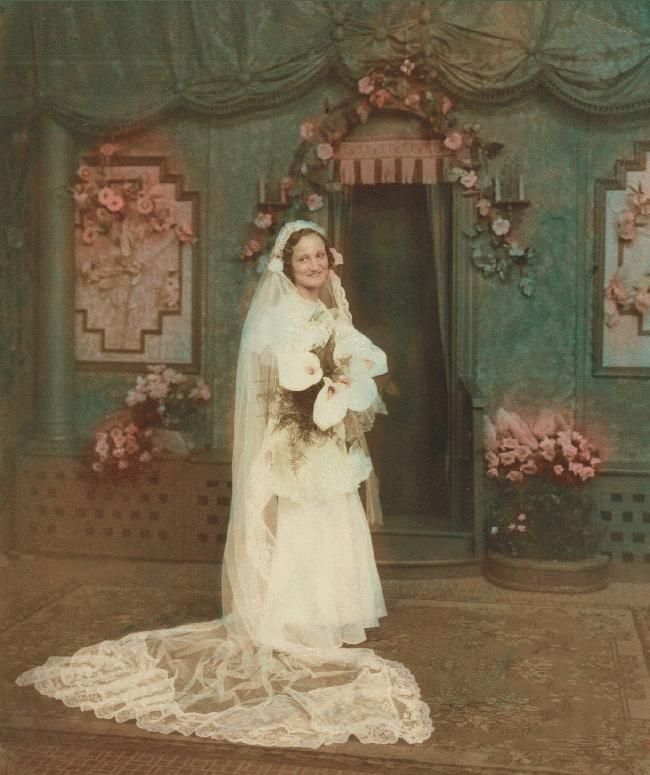Erma Galgoczi Szabo; Wedding Day
Date & Place:


 AncientFaces
AncientFaces  Ree Young
Ree Young  Ree Young
Ree Young  Ree Young
Ree Young